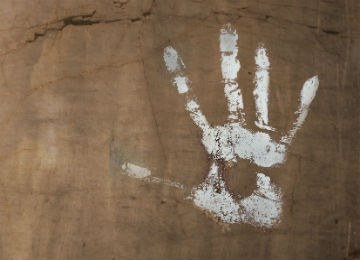
Living Theology
As creatures made in God’s image (imago Dei), we finitely reflect the Triune God. We are not God, but his image bearers. We are not part of him, but made by him and for him. Absolutely distinct from him, we are in essential ways, like him. Different from yet derivative of him, we do not replace or equal him; rather as mirrors of him, we owe him faith, honor, and obedience. The blessed intricacy and inscrutability of this reflection of the Creator continues to fascinate.
The image of the Creator in our essence, we also reflect God in our mutuality. In part, to be the imago Dei is to be in communion, in relationship. More ultimately, communion within the Trinity—Father, Son, and Holy Spirit—enables and sustains human fellowship (Genesis 1:26–28; cf. John 17). The divine Source establishes the meaning and the meaningfulness of all social discourse. Human relationship projects us heavenward, because we exist and interact by God, before God, and for God.
Created in God’s image, we are then, at our core, theologians and living theology. We simply cannot escape our comprehensively theological existence. Neither static nor passive, human dynamics deliver a compelling theological motion picture. No monologue, this picture-show projects a sophisticated drama and evocative dialogue. As creatures in relationship, we declare God back to God and announce him to others around us. As we listen, speak, love, and laugh, we do so openly and unavoidably affirming the God who made us (see Romans 1:18ff). Life is theology in living motion.
While all human relations are therefore inescapably theological, Scripture invests marriage with particularly vital theological value. A variety of themes surface. Our goal here is not to explore them all, but simply to point out the theological character of our maleness and femaleness and of their corollary, marriage. Relationship offers profound mystery, and marriage offers the relational high notes and a most melodic (and mysterious!) theological form. [1] This elevated position of marriage is true from its inception because of the divine purposes for marriage.
When couples esteem Christ in their marriages, divine love—that of Christ for his Church—gets living illustration. Of course, the corollary is also unavoidable. When people violate God’s intentions for marriage, as ordained in creation itself, the relational motion picture corrupts the theological message. Freedom, joy, and blessing fill the stage when the actors faithfully reflect their Maker. The drama distorts God and reality itself when the actors reject the God who has created all things.
Uncreating Adam and Eve
Created by God, marriage is grounded in history. It is no social invention; nor can it be reduced to some atavistic retention. Marriage is divinely purposed for those made in God’s image. The Almighty established it, defines it, bounds it, and invests it with its theological richness. In his special creation of Adam and Eve, he established human existence, human relations, and the human institution of marriage. The words of Genesis bear repeating:
Genesis 1:26–27,
Then God said, “Let us make man in our image, after our likeness. And let them have dominion over the fish of the sea and over the birds of the heavens and over the livestock and over all the earth and over every creeping thing that creeps on the earth.”
So God created man in his own image, in the image of God he created him; male and female he created them.
And Genesis 2:18–25,
Then the LORD God said, “It is not good that the man should be alone; I will make him a helper fit for him.” Now out of the ground the LORD God had formed every beast of the field and every bird of the heavens and brought them to the man to see what he would call them. And whatever the man called every living creature, that was its name. The man gave names to all livestock and to the birds of the heavens and to every beast of the field. But for Adam there was not found a helper fit for him. So the LORD God caused a deep sleep to fall upon the man, and while he slept took one of his ribs and closed up its place with flesh. And the rib that the LORD God had taken from the man he made into a woman and brought her to the man.
Then the man said, “This at last is bone of my bones and flesh of my flesh; she shall be called Woman, because she was taken out of Man.”
Therefore a man shall leave his father and his mother and hold fast to his wife, and they shall become one flesh. And the man and his wife were both naked and were not ashamed.
The immediacy of his personal work of creating Adam (Genesis 2:7) and Eve (Genesis 2:21) and the purposefulness of Eve’s creation for Adam (Genesis 2:18; cf. 1 Corinthians 11:8–9) sing of divine intentionality. The Creator’s personal acts in creation establish his good purpose for creation. Such goodness prevails when the creature reflects his Creator’s intentions in pure obedience.
Adam and Eve are both the image of God and display the image of God in their mutuality. God made them diverse. In designing them for each other as man and woman, the Creator made them for himself, establishing their relationship as a vivid portrayal of his covenant love.
Marriage belongs to God; it is our convention because it was his invention. It is not our domain to change or redefine precisely because we are in God’s image; he is never to be corrupted into ours. To rob the Creator of the authority in defining marriage is to create a new god; it is to turn the created into a would-be creator. Establishing law that defines marriage against God is an act of culpable rebellion against the one true God, and idolatrously defies both the history and theology of marriage, as founded by God in the Garden with Adam and Eve.
Rejection of God’s work and word in the creation of Adam and Eve introduces moral rebellion and ensures theological confusion. Rejection of our First Parents’ special creation is a rejection of the image of God. Rejection of the image of God is a denial of our dignity as humans. Rejection of our human dignity turns moral decisions into convenience and self-made cultural norms. These rejections and distortions replace God with a false one of our own makings.
To be sure, turning Adam into a myth or into a non-historical figure rams open the doors of ethical malfeasance.[2] Denial of Adam and Eve as our original parents turns ethics into personal and/or cultural standards, rather than covenantal expectations of our Creator. Rejection of Adam gives birth to moral relativism.
But the uncreation of Adam and Eve delivers a more severe blow. Beneath the failed morality lie a gross distortion of reality, a calculating rejection of divine authority, and an eager embrace of idolatry. Alleging that Adam is metaphor or myth distorts God’s Word and God’s world. Such contravention of God himself substitutes him who is True with all that is false. The abandonment of historical Adam greases the skids for a rejection of divinely-defined marriage and a wholesale abandonment of the gospel.
If Adam and Eve are not historical creations of God, crafted in his image, then neither is marriage a divine institution. If marriage was not historically established by God then it is not invested with divine mystery. To put it otherwise, marriage loses genuine meaning when we abandon its Starter and its starting point. The inevitable result is disaster for salvation. Abandonment of God’s work of creation is an abandonment of God’s work in history, including the work of redemption.
To the point, Paul’s vivid implementation of marriage as a theological mystery that proclaims Christ and his love for his Church (Ephesians 5) loses any traction if we reject the special creation of Adam and Eve and the establishment their one-flesh covenant. So tightly conceived is the theology of marriage in Genesis 1 and the theology of the Church in Ephesians 5 that to compromise creation is to compromise consummation. Our First Parents’ historical origin and their marital union secure the divine, theological message of covenant love and the essence of redemption.
Beyond the sheer stupidity of claiming the power, and even the authority, to undo what God has done, the authentic meaning of human relationship evaporates when the creatures defy their Creator. Attempts to “uncreate” Adam and Eve and to divorce marriage from its divine origins are simply foolhardy, because they evacuate marriage of its real essence. In the demands for self-made meaning, we sadly, foolishly, and calamitously abandon real meaning altogether.
In Part 2, we will consider some implications of the special creation of Adam and Eve for a biblical doctrine of heterosexual marriage and a biblical doctrine of the Church.
[1] Some have spoken of the “sacramental” character of human relationship, and the Roman Catholic Church has even formalized marriage as a sacrament of the Church. This ecclesial move exceeds the boundaries of Scripture, but to discern that error ought not lead us to an opposite error. In the precise sense, there are only two sacraments in the New Testament: baptism and the Lord’s Table. No more and no less. But in a broader sense, we might speak of the sacramental character of relationship—if we mean by that the mystery (sacramentum) of human fellowship, which points clearly, certainly, and unwaveringly unto God.
[2] It has become all too common for “evangelical” theologians to deny this core doctrine of historic Adam. For more on this point, see http://www.reformation21.org/articles/intinction-and-extinction-where-is-our-good-faith.php.

The Alliance of Confessing Evangelicals is member supported and operates only by your faithful support. Thank you.

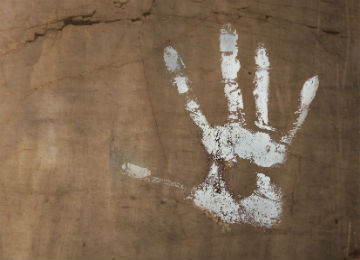

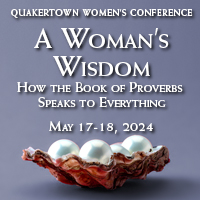
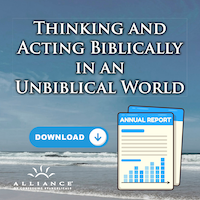
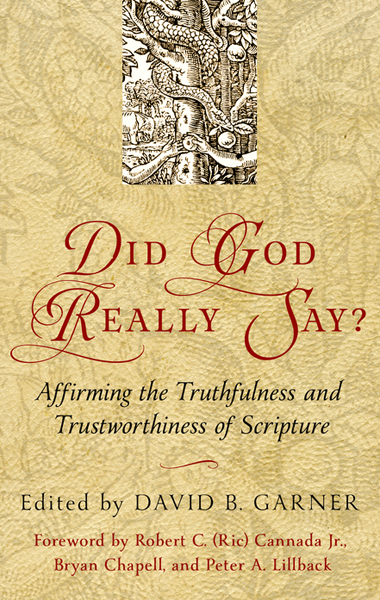

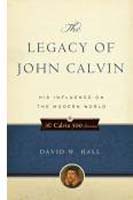








 © Alliance of Confessing Evangelicals
© Alliance of Confessing Evangelicals


